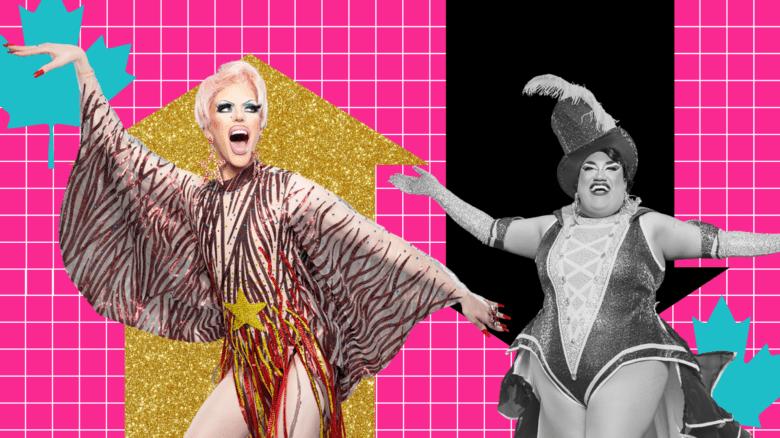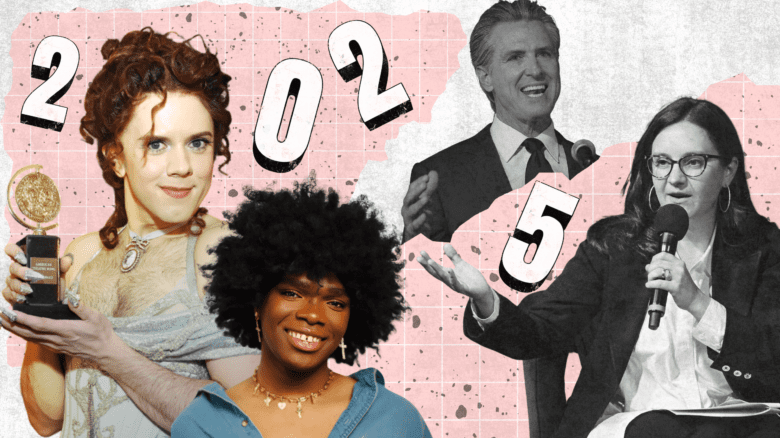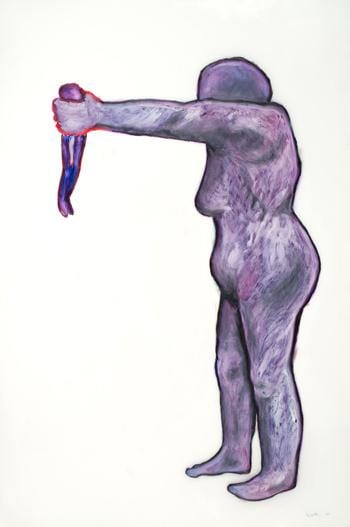
All My Pretty Chickens, by Lisa Walter.
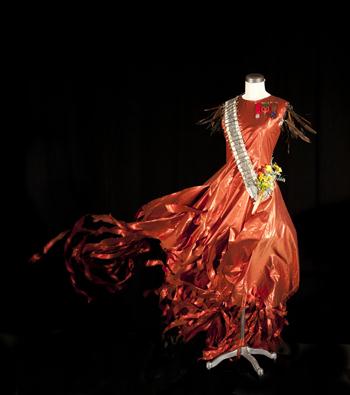
Bedlam Dress, by Lisa Walter.
From Dali’s eccentric behaviour to Van Gogh’s famous flirtation with self-mutilation, artists have long given the impression that they experience the world somewhat differently than do most people. After all, making paintings of melting clocks, choosing an anteater for a pet or cutting off your own ear doesn’t necessarily scream well-adjusted to the casual observer. But despite (or perhaps due to) these and so many other artists’ occasional struggles with mental illness, their contributions to the beauty of our world is undeniable. And making art can be a wonderful form of therapy.
“When mental illness is something that is so isolating and stigmatizing, it can feel incredibly good to have just created something that people relate to,” says Lisa Walter, a Toronto artist living with borderline personality disorder. “People become eager to express their issues.”
Walter is one of the jurors of this year’s Being Scene series. Now in its 12th year, it’s an exhibition of works by artists involved with the mental health community. The exhibit is run by Workman Arts, a multidisciplinary company founded in 1987 by health professionals who believe creative expression is integral to treating mental illness and addiction. Working together with the Centre for Addiction and Mental Health (CAMH) in Toronto, the organization boasts more than 230 active members, all from the mental health community. That partnership means a great deal to artists like Walter.
“The first pieces that I submitted were created while I was actually staying at CAMH, during serious bouts of mental illness,” she says. “Just to see them hanging there in the exhibit legitimized the art as a voice for expression in a really fantastic way. I wasn’t at all prepared for how that would make me feel, and then one piece actually sold.”
For a part of society so often misunderstood, maligned or downright ignored, that recognition can prove an invaluable aid in treatment. It can also be particularly poignant, given that many pieces are often created in the midst of deep emotional struggle.
“When I’m in the throes of a really bad spell, and I’m not really functioning well and my depression and anxiety has got a hold of me, it’s almost like my gaze is much narrower,” Walter says. “I’ve got so much already to grapple with that it becomes a much more intense process of creation. My work communicates a painful inner world.”
Walter is very much a mixed-media artist. Some of her projects employ found objects or constructs; others take a more traditional approach. Her submissions this year are shadow boxes with an avian theme, while in previous years her work has included painted canvasses. Many share a common theme of emotional distress and personal exploration.
“I think my work tends to be rather blunt,” Walter says. “I’m definitely one of the artists who goes for really overt exploration of the mind in turmoil.”
It’s hard to imagine while speaking with Walter that this thoughtful, incredibly articulate woman has spent much of her life grappling with mental illness.
“All I can say is that I think it was easier for me to come out as a lesbian person than it was to come out as someone who has mental illness,” Walter says. “I am diagnosed with borderline personality disorder, and some people think that diagnosis is just a death verdict. The illness has a reputation of the patients being out of control, lying and manipulative and disruptive, but in fact, BPD has a lot more symptoms than just that. It’s a complicated disorder.
“I tend to think that there is more acceptance in our community, though I’m not sure I can point to anything tangible,” Walter adds. “But when I am at community events and talking about my experiences, I think there is much more willingness to listen and acknowledge.”
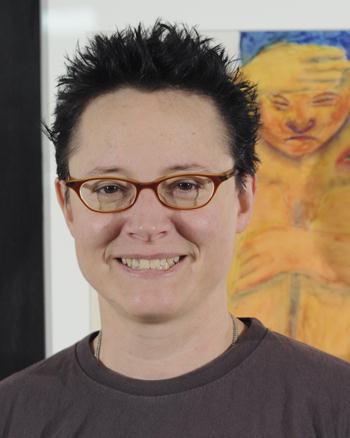
 Why you can trust Xtra
Why you can trust Xtra
